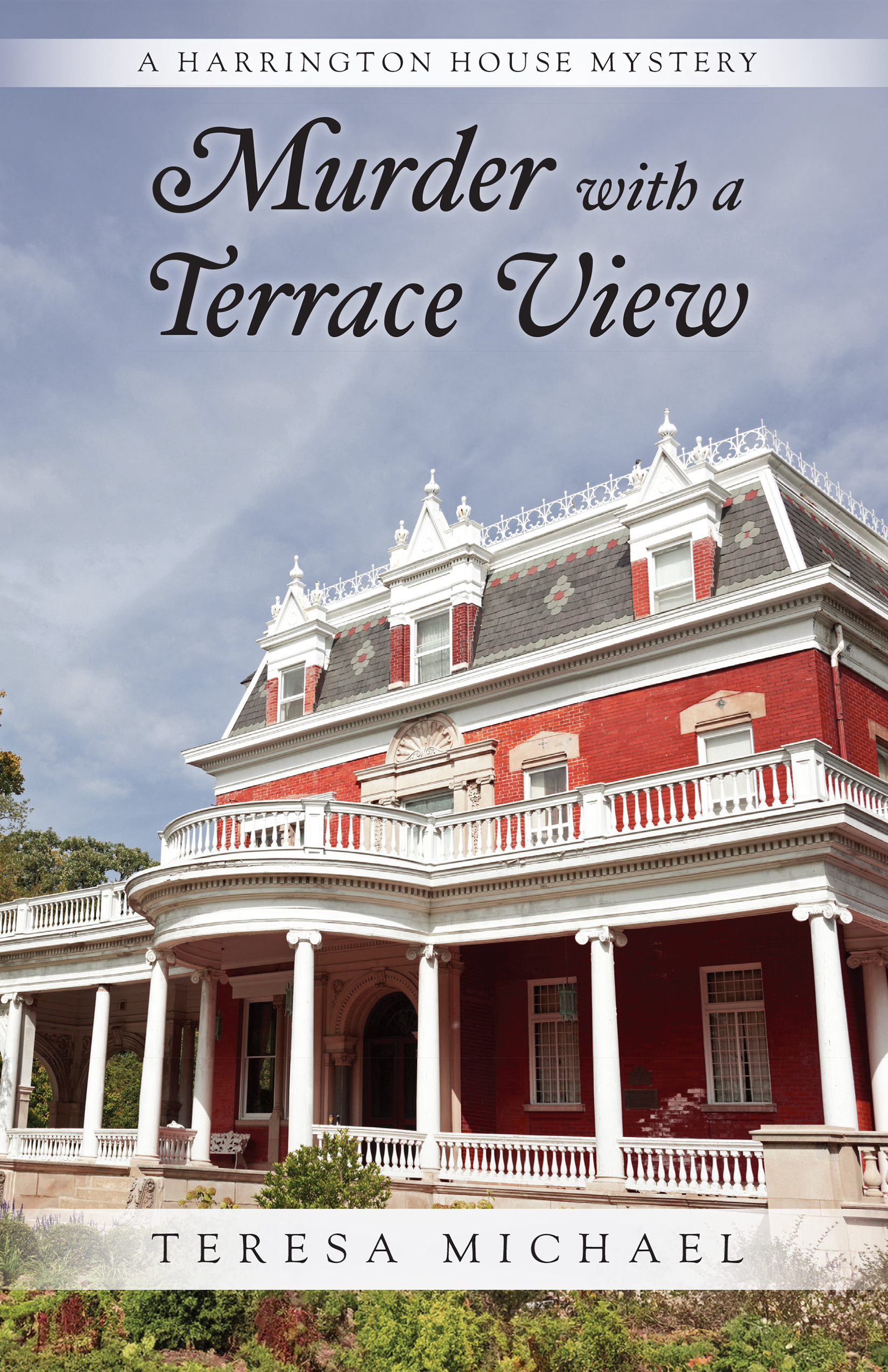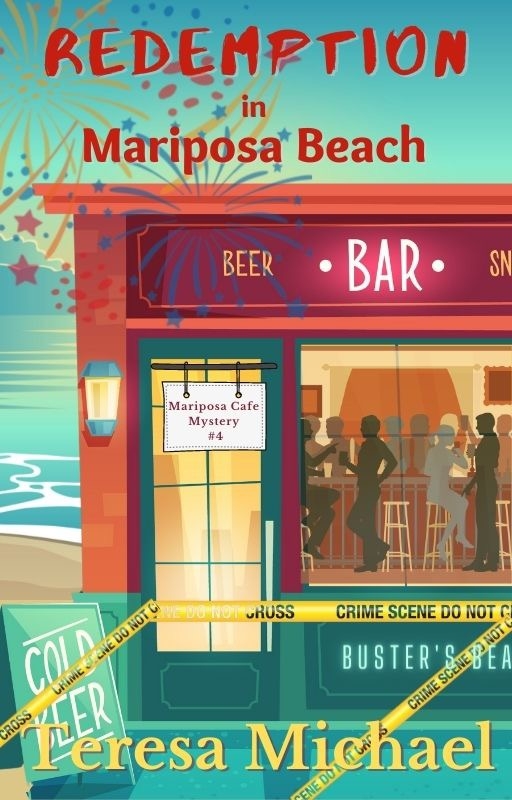Beyond the Blue - A Santorini Adventure
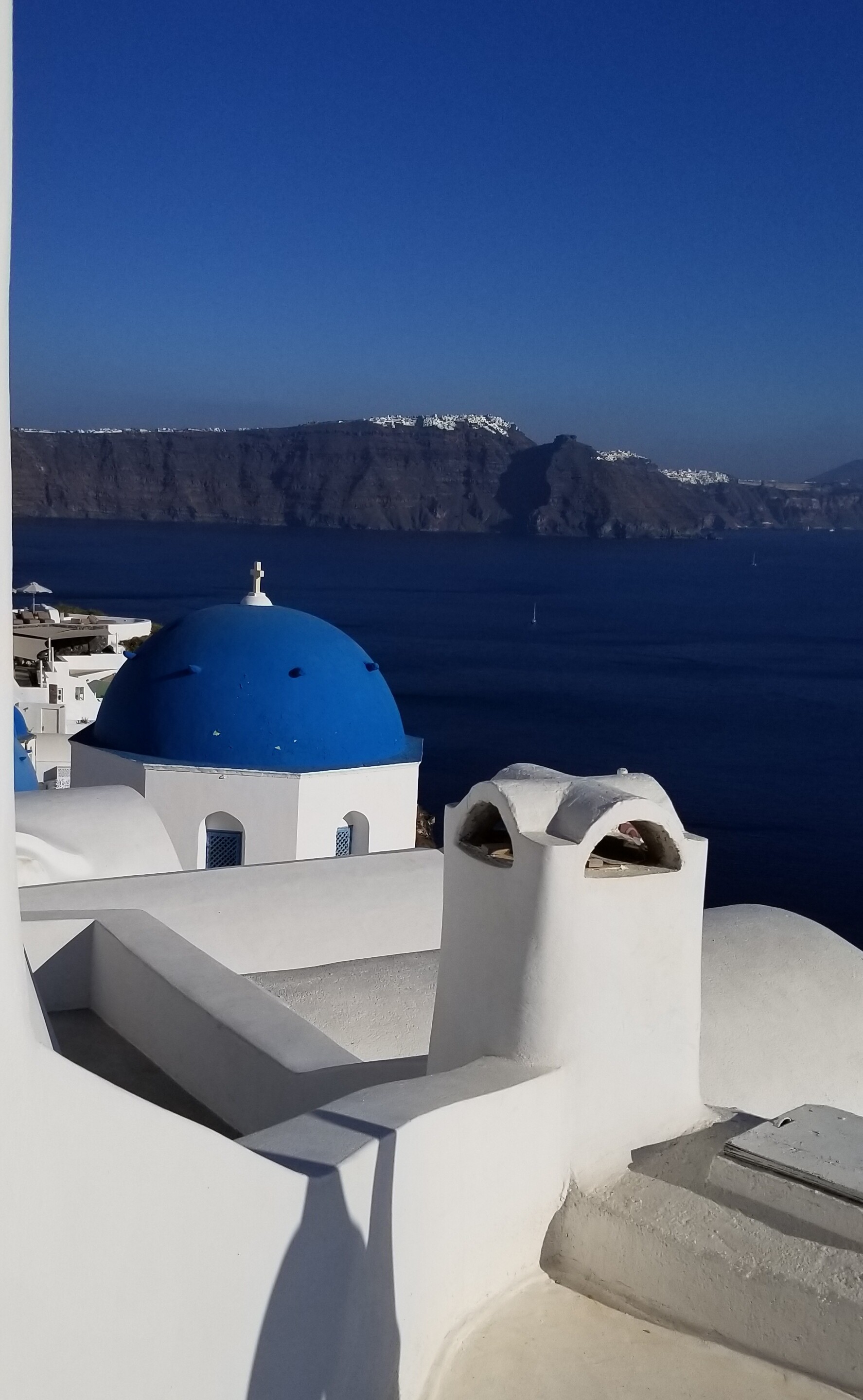
Santorini was the last stop on our tour of Greece. Weary from traveling, my husband was in no mood for another bus ride and decided to stay behind at our hotel, the Santorini Palace. However, Akrotiri was on my must-see list. The ancient village is an archeological excavation that began in 1967, but the first excavations began in the late nineteenth century to provide materials to build the Suez Canal. Akrotiri was a flourishing harbor town before the devastating eruption of Thera, which destroyed it around 1615 B.C. I was intrigued by what I had read, and at a local women’s group, I met an archeologist who had worked at the site years ago. When I mentioned my upcoming trip to Greece, she sat up straight, threw her hands in the air, and said, “You must go to Akrotiri.” With her passionate words echoing in my ears, I left my husband to his book and joined three group members on our quest for Akrotiri.
From our hotel, we began our trip with a ten-minute walk down the hill to the village of Fira, the capital of Santorini. We had a short walking tour the previous evening on the way to dinner, so we had a general idea of the location of the bus depot. After wandering for a few minutes, consulting the not-to-scale hotel map, and looking down several side streets along the way, we found about fifteen buses parked in two rows, side by side, in a gravel parking lot where tourists and locals milled around in comingling queues.
The woman in the information booth called out, “Akrotiri. Bus four.” Once we located the bus, remarkably in front of the information booth, we joined the relatively short line, boarded within a few minutes, and found seats on the crowded bus. I sat with a young dark-haired woman, purse clutched in her lap, eyes directed out the window. The doors closed as soon as the bus filled, and it lumbered into motion. We turned left onto the busy, narrow street lined with shops and restaurants. My heart quickened with anticipation. Our adventure was underway.
Once cruising along an open two-lane road, a woman with a blonde ponytail and dark roots stood and began making her way down the aisle to collect the bus fare. As she got closer, I realized she wore an old manual change machine on her belt. I watched as she performed her juggling act at each aisle. She accepted each passenger’s fare, inserted the coins into the compartments, and with the push of the appropriate button and a quiet ‘cha-ching,’ she dispensed change with her left hand. Using her right hand, as quick and smooth as a circus performer, she pulled a ticket from the dispenser at her side, all without whacking the waiting passenger in the head with her elbow. Then, with a smile, she was on to the next.
At several stops along the route, passengers boarded or disembarked. When my seat partner left, I scooted over for a better view of the rocky countryside dotted with small groups of houses, shops, scooter rentals, and cafes. Finally, the bus stopped. In front of us was the sea, to the left was an open-air bar, and to the right, a rocky cliff. Behind us, up the road, was the entrance to the Prehistoric Village of Akrotiri. My thighs ached at one more hill to climb.
At the ticket booth, we paid our entrance fee and entered through multiple sets of open wooden doors that led us back in time. The sizeable high-ceilinged warehouse had many rows of skylights overflowing with sunrays, but in contrast to the bright blue of the sky and water outside, inside the room streamed shades of taupe.
Elevated wood and steel walkways allowed visual access to the excavations. A surreal, almost reverential quiet draped over me as I walked through partially revealed staircases, living quarters, and storage cellars that contained vases filled with grains, olive oil, and other foodstuffs. I eavesdropped on a docent telling the story of an affluent harbor town engaged in trade with neighboring islands. I could almost see the residents meandering through Triangle Square, walking down the excavated stairs, or pouring olive oil from the intricately painted vases. Akrotiri was a culturally advanced, well-organized civilization that included indoor toilets with drainage and a sewer system that flowed underneath the multi-story houses. Beautiful murals and wall paintings laid under layers of volcanic ash and pumice for 3500 years. The restored artifacts revealed daily life in the village, boats in the harbor, people, and manner of dress, antelope, other animals, and colorful spring flowers and lilies in vases.
After I walked through the excavation, I sat on a bench and watched the archeologists working below me with their brushes and sifters, oblivious to the people watching and taking photos of them. A man in a navy blue shirt sat on a palette, working with small picks and brushes. Another man and a woman joined him, heads together in consultation. The man placed something in a sifter, and the second man carried the sifter to a staging area. Using the zoom on my camera, I watched as a gloved technician examined the bits of rubble and stone. I wondered what they’d found, but a tap on the shoulder meant my companions were ready to move on.
We walked back down the hill to wait for the return bus. Since it arrived on the half-hour, we decided to have a beer while we waited. Our group had expanded to six. We ran into a fellow traveler from our group inside the excavation. On the bus ride, one of my companions sat with Bill from Baltimore, an ex-pat living in Berlin. His wife had recently passed away, and he decided to take a solo trip to Greece. He tagged along with us in Akrotiri and joined us at the picnic table by the sea. He was living in Berlin in 1989 when The Wall came down. Hearing him talk about living through a piece of history we saw in sound bites and film clips on the evening news was fascinating. This day was the best part of my trip to Santorini. I sat at a picnic table with a beautiful view of the Aegean Sea, a gentle breeze, a bottle of Greek hard apple cider, and interesting conversation with new friends.
At least three buses had come and gone before we decided to head back to town in time for dinner. Once we returned to the bus depot in Fira, Bill from Baltimore took his leave and thanked us for letting him join our group. With the thought of the well-worn but steep path and our aching thighs, we decided to hail a taxi for the three minutes, nine Euro trip up the winding, narrow road to the hotel where my husband waited with dinner reservations and the best sunset view in Santorini.
Our Santorini adventure ended with the glowing orange and purple sunset from Mama Thira’s restaurant window. Our table had grown to eight, each talking about their free day in Santorini, what they saw, what they did, and the treasures they found. Even now, my thoughts drift back to Akrotiri and its ancient inhabitants sitting around a table, drinking wine, and enjoying the company of friends, which leads me to wonder exactly how that Akrotiri toilet worked.
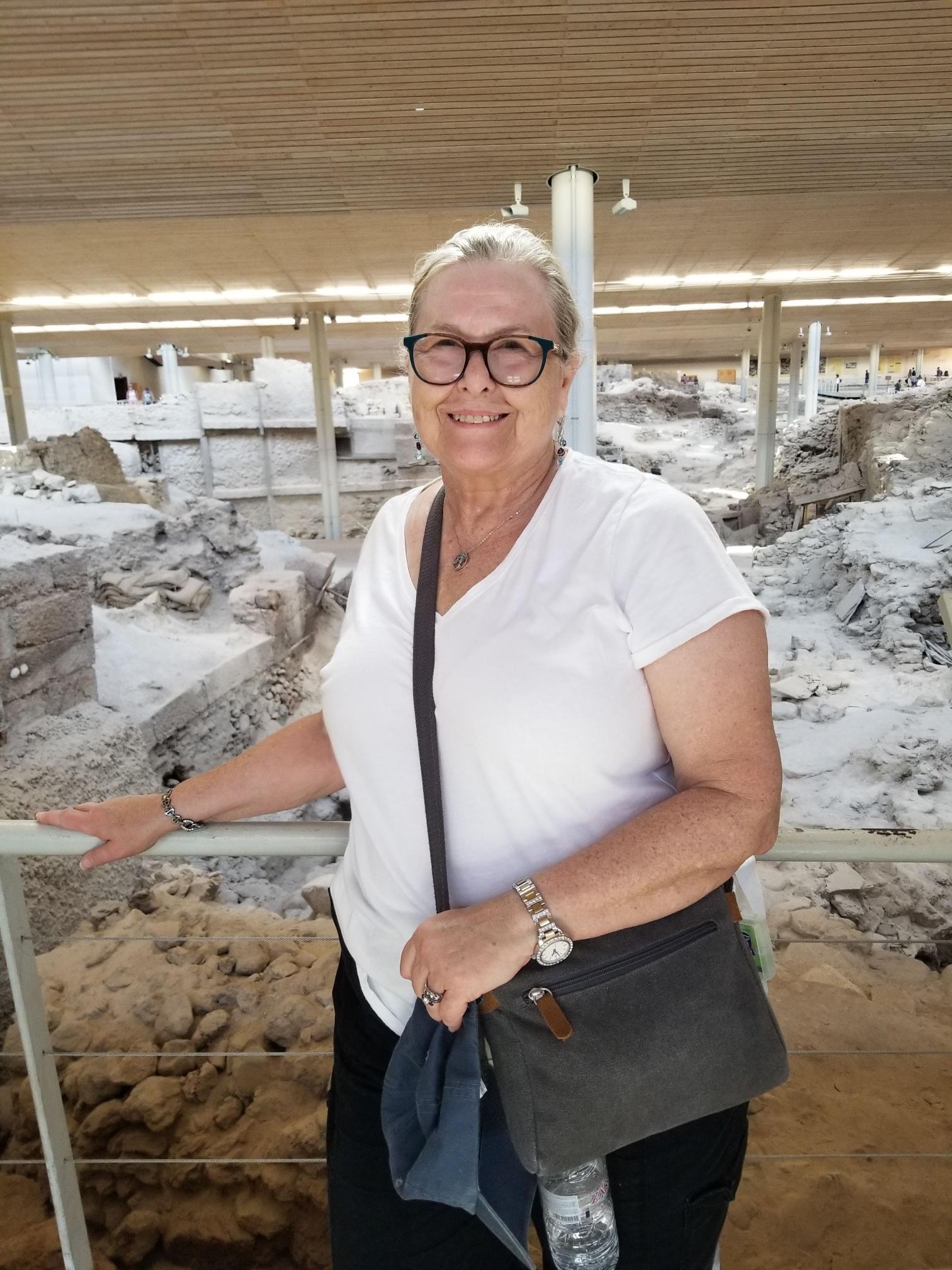
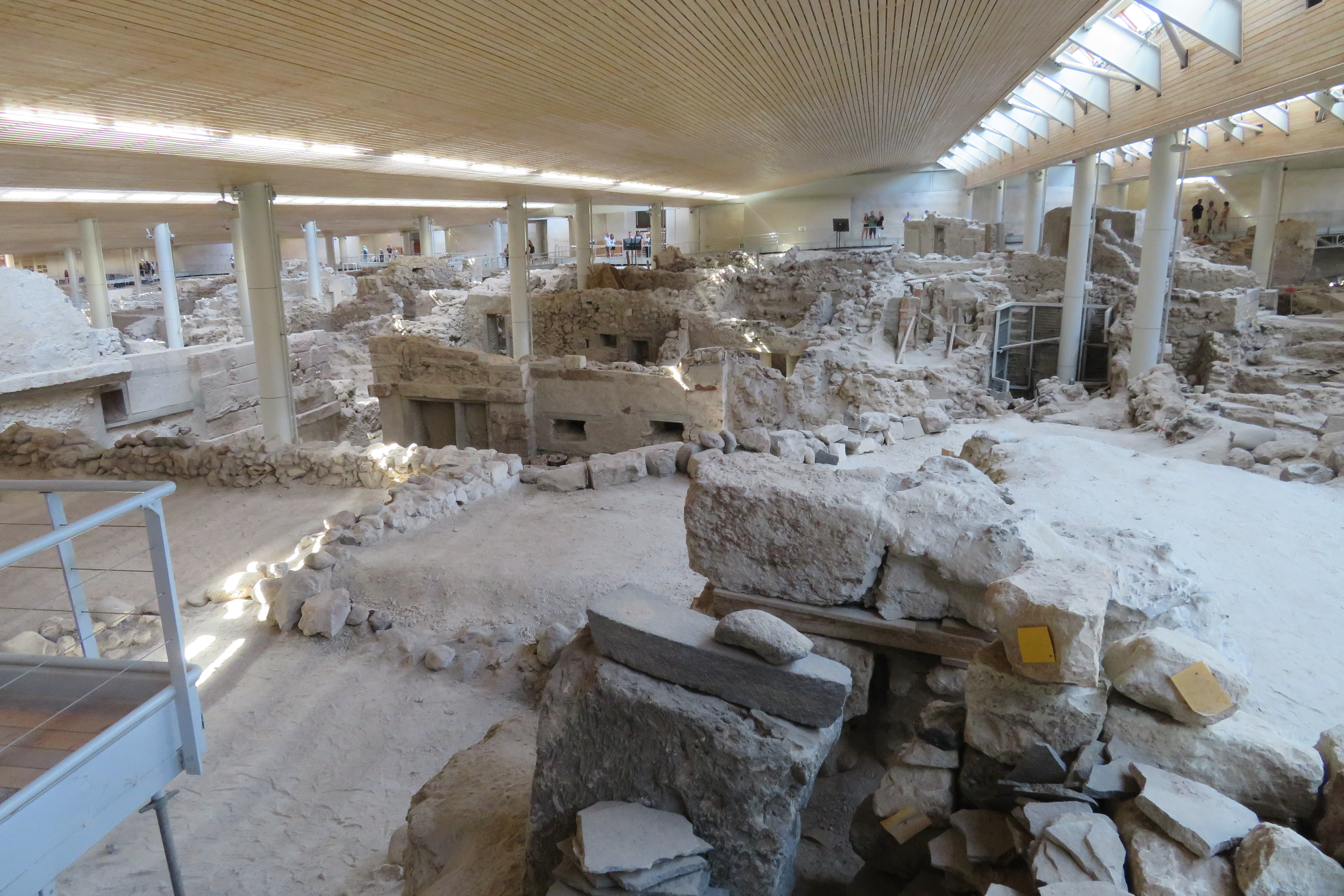
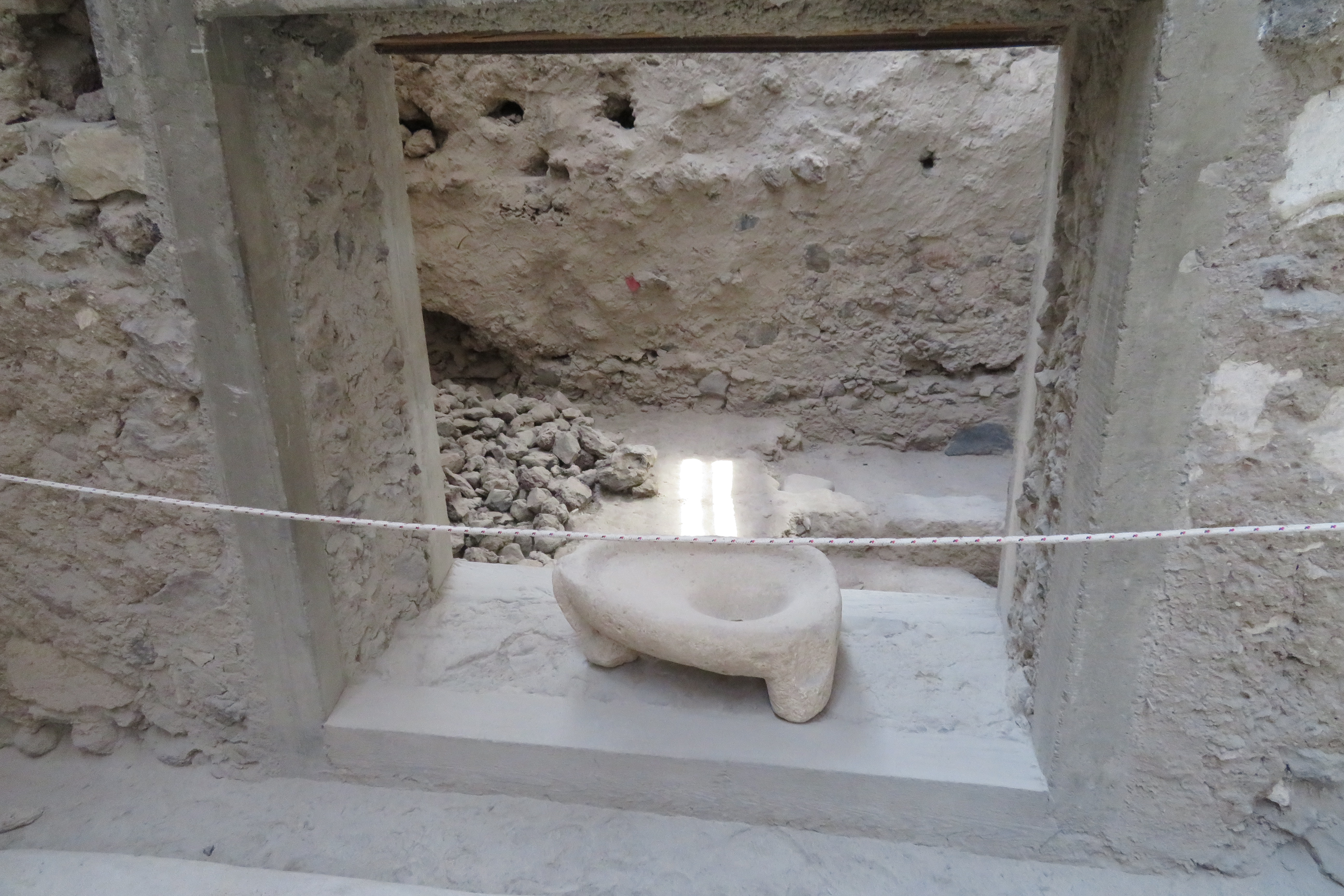

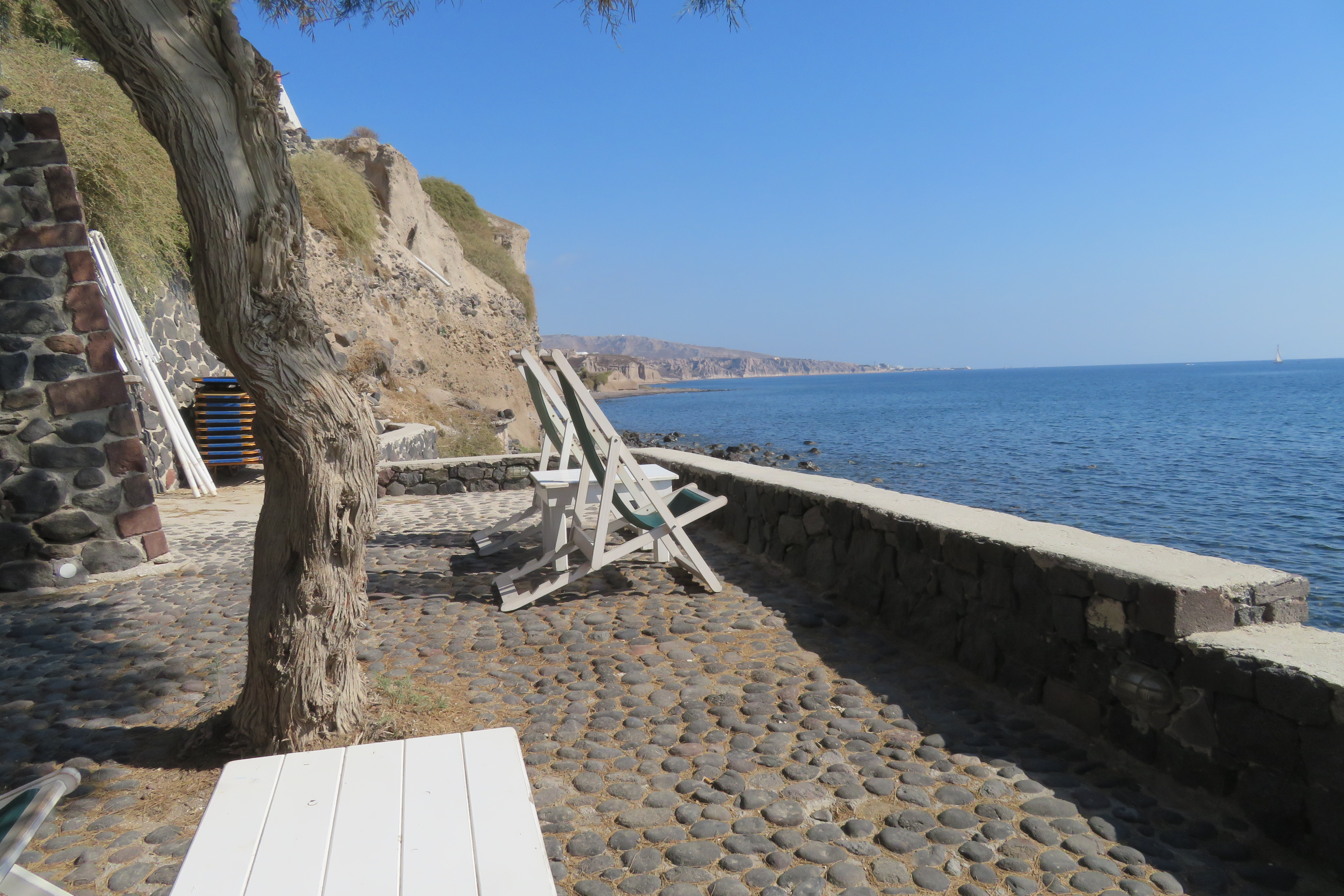
Date of Adventure: October 2019
Itinerary: Athens, Mykonos, Santorini, Athens
Method of transfer: Ferry between Athens, Mykonos, and Santorini
Travel Company: Triton Travels - Eckerd College Alumni


